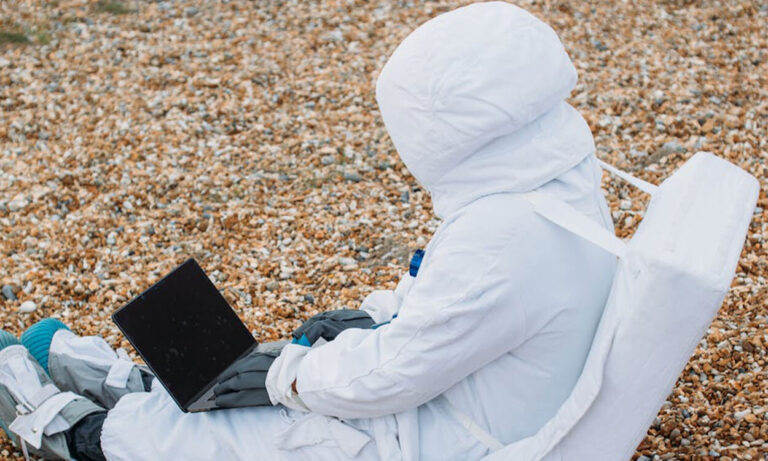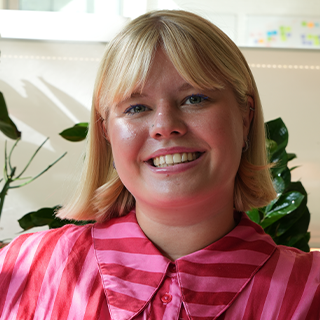Catfish astronaut scams woman out of $30,000 by claiming he needs to ‘get back to earth’

Online dating has never been for the faint-hearted, nevertheless, this recent case of extreme catfishing would push even the toughest virtual romance-seekers over the edge.
A Japanese woman recently fell victim to the scam of all scams—spending $30,000 of her own money to help her fake Russian astronaut boyfriend allegedly build a rocket and land safely back on earth.
According to VICE, the phoney spaceman found his unsuspecting victim on Instagram. The imposter uploaded a series of random images of space, indicating in their captions that they depicted his view from the International Space Station (ISS).
While our scammer may have selected his victim on Instagram, the pair’s main form of communication was on the instant messenger app LINE, which is extremely popular in Japan. As you’ll find in the messages below, LINE truly hosted all the highs and lows of the two love birds’ instant connection.
Quickly after their initial meeting on 28 June 2022, declarations of love began to pass to and fro, and on multiple occasions, the unnamed man expressed his desire to meet in person. He wrote: “I want to start my life in Japan,” and “Saying this 1,000 times won’t be enough, but I’ll keep saying it: I love you.”
Unfortunately for the 65-year-old woman from Higashiōmi, her virtual lover soon proved to be more costly than initially anticipated. Japanese news outlet Yomiuri Shimbun has reported that between 19 August and 5 September, the woman sent 4.4 million yen (approximately $30,000) to her beloved, believing that the money was being used to construct a rocket capable of transporting the astronaut home to earth. Kudos for catfish creativity.
Thankfully, the unidentified woman soon grew concerned about the potential validity of her cosmic connection and reported him to the police. This particularly mind-blowing put aside, online romance fraud does appear to be on the rise. In their 2021 Half Year Fraud report, UK Finance found that “nearly 40 per cent of people looking for love online were asked for money,” and that “over 57 per cent of those who were asked for money said that they gave it or lent it.”
While still harmful in their own way, hopefully, upcoming catfishing-related trends such as reverse catfishing and kittenfishing shouldn’t break the bank. While the police are currently in the midst of investigating the ‘international romance scam’, whether or not the victim will get any of her money back remains unknown.
In the future, if anyone you meet on a dating app claims to be an astronaut, ask for their NASA ID, heh?





